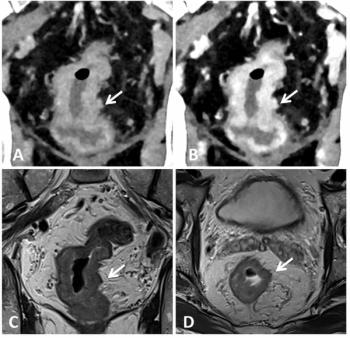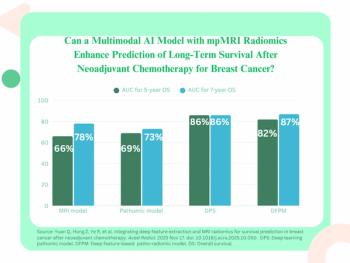
Experts propose new diagnostic criteria for Alzheimer’s disease
Advances in PET and MR have led Alzheimer’s disease experts to propose new criteria for diagnosing the condition, at least when conducting research studies.
Advances in PET and MR have led Alzheimer's disease experts to propose new criteria for diagnosing the condition, at least when conducting research studies.
The proposal calls for researchers to include atrophy in affected parts of the brain shown by MRI and a specific pattern demonstrated by brain PET, when diagnosing the condition during clinical studies. Other factors suggested for inclusion are abnormal biomarker proteins in the cerebrospinal fluid and a genetic mutation associated with the disease within the immediate family. The proposed criteria will be outlined in a position paper to appear in the August edition of The Lancet Neurology, available online.
"These new criteria are centered on a clinical core of early and significant episodic memory impairment," the authors write in their position paper. "The timeliness of these criteria is highlighted by the many drugs in development that are directed at changing pathogenesis."
To meet the new criteria for probable Alzheimer's disease, patients must show progressive memory loss for more than six months, plus at least one or more of the supportive biomarker criteria.
Existing criteria were published in 1984 by the National Institute of Neurological Disorders and Stroke-Alzheimer Disease and Related Disorders working group. These prevailing diagnostic standards in research, according to the authors, have fallen behind the growth of scientific knowledge. Distinctive and reliable biomarkers of the disease are now available through structural MRI, molecular neuroimaging with PET, and cerebrospinal fluid analyses.
Validation studies will be needed to gain broad acceptance for the new criteria, however, as well as to optimize their sensitivity, specificity, and accuracy. "When effective disease-modifying medications are available, the argument for such biologically based studies will be even more compelling," the paper's authors conclude.
In an accompanying comment, Dr. Norman Foster, a professor of neurology at the University of Utah, advised that the research community "should seize this opportunity to reopen the discussion of Alzheimer's disease diagnosis. The time is right to use the advanced technology at our disposal to improve the early, accurate diagnosis of dementia and develop more effective treatments."
Newsletter
Stay at the forefront of radiology with the Diagnostic Imaging newsletter, delivering the latest news, clinical insights, and imaging advancements for today’s radiologists.




























